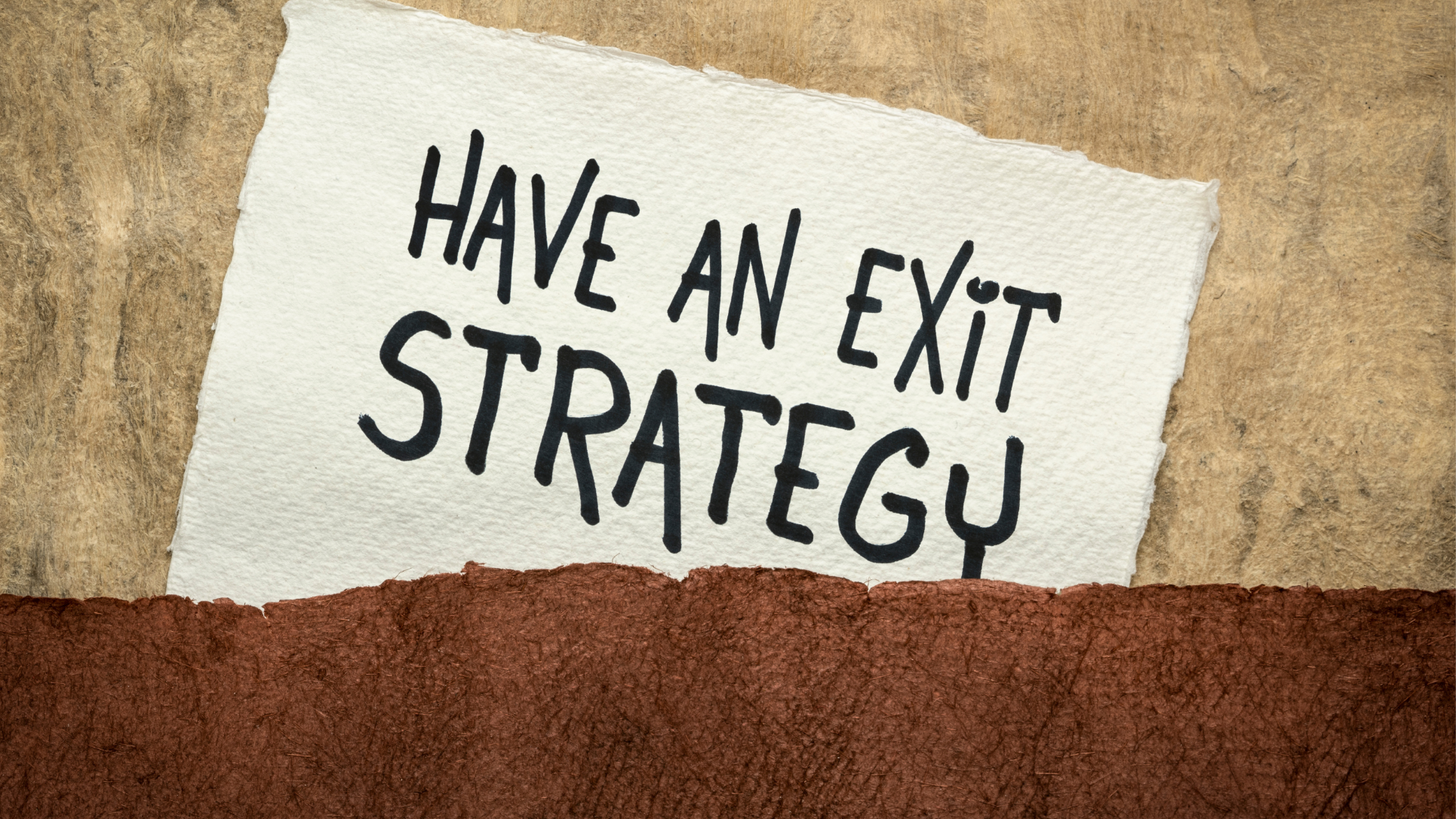September 2021 Economic Development Update:
All business owners should have an exit strategy, a plan for the owner to exit their business while the business continues to operate for the benefit of employees, customers, suppliers and the community.
First step? Valuation. Many entrepreneurs don’t know the value of their business. All too often, when it’s time to retire (either planned or not) they just close the doors. It’s not ideal for the owner to walk away with little more than assets to sell. It’s unfortunate for their customers and the community who lose a thriving business they counted on. The impact on employees is devastating.
So, how do you figure out the value of your business? At its most basic level, business value equals assets minus liabilities. Your business assets include anything with a cash value, such as real estate, equipment or inventory. Liabilities include business debts, like a mortgage or bank loan to purchase equipment.
Business value can be increased by a number of other factors: productive workforce; strong established supplier relationships; high percentage of repeat sales and customers; no current lawsuits or tax complications; documented systems and processes for efficient business operations; established branding; and, potential for business growth or expansion.
Keep in mind that the opposite of any of these factors could result in a lower value. For example, an outstanding dispute with an employee, supplier or Canada Revenue Agency, could result in a decreased valuation. Worse, it could send an interested buyer running in the other direction.
Start by taking an objective look at your business and figure out how to improve any factors that could bring down the valuation. So, for example, if you currently use a shoebox for your accounting system, consider hiring a bookkeeper to set up an accounting program for easy financial management. Or if you’re using your company Facebook page as a personal sounding board, now is the time to create a separate account so your business can build a strong relationship with customers. Taking these steps now will deliver the most benefit possible when it’s time to exit your business, increasing the value.
Next month, we’re going to discuss options for exiting your business – whether it’s a succession plan that sees you transitioning out slowly or a cold-turkey departure. Until then, if you’d like to discuss any aspect of your business, my door is open (within all current public health guidelines, of course).
Monique Chenier
monique@sunrisecornermb.ca

